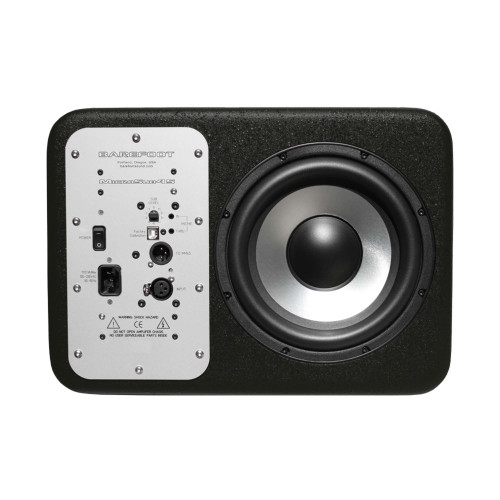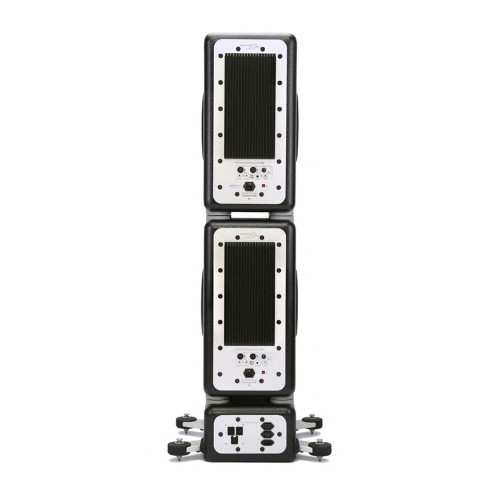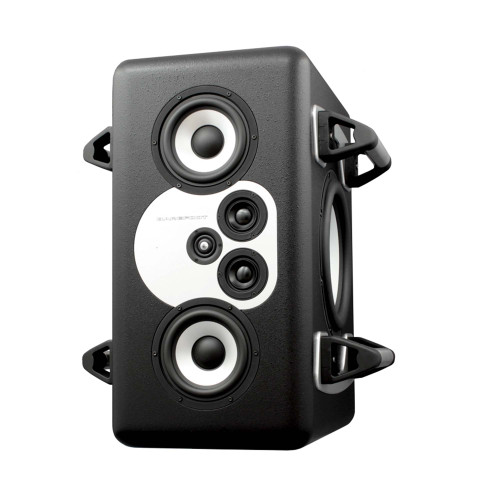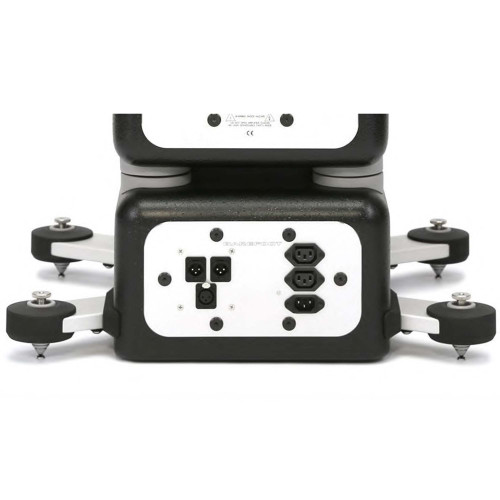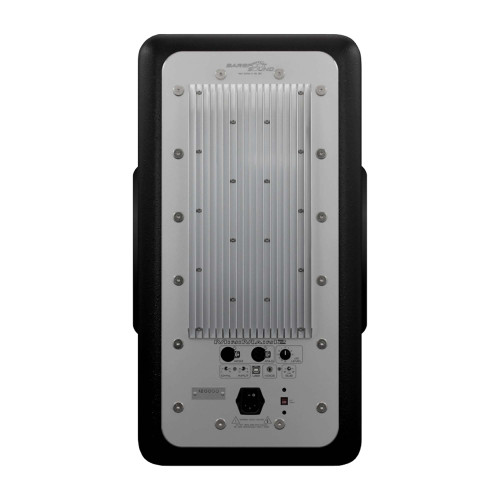As a 3-way active monitor, the Barefoot MicroMain45 utilizes the same amplifier, signal path and driver technology of the MiniMain12. Downsizing the hefty 130+ lbs size of the original to a tight 35+ lbs package, the MicroMain45 features an 8” aluminum woofer, two x 2.5” aluminum midranges and a 1” tweeter. With a bass response of -3dB @ 40Hz, frequency response of 40Hz – 45 kHz (±3dB) and 53Hz – 40kHz (±1dB), this is the sound that Barefoot enthusiasts have come to know and love.
Founded on the idea of creating a new type of audio monitor, Barefoot Sound was started by Thomas Barefoot to meet the growing needs of small to mid-sized project studios. By offering well-designed monitors that could take the space of several sets of speakers, audio enthusiasts are able to have more room for other types of gear, while still having an impeccable monitoring system. The Barefoot Sound MM45 monitors follow in this lineage of incredible speakers like the MicroMain27 and MicroMain35.
MEME™ Technology: Despite the advantages of high resolution monitors, Thomas Barefoot realizes that many engineers still use their NS10M’s † and mix cubes as secondary references. These speakers have long traditions and people find them familiar and useful for focusing in on certain aspects of their mix. However, crowding one’s console with those extra boxes degrades the sound field of the primary reference monitors. Not to mention, they are no longer manufactured, they need amplifiers, cable runs, and they consume more studio space. The solution is to make the MM45 sound and translate like those speakers. With the turn of a knob one can switch from the MicroMain45′s brutally revealing “Flat” response to the warmer and sweeter “Hi-Fi” setting, generically emulating the sound of some high end consumer audio gear. More specifically the “Old School” setting closely emulates the sound of the NS10M nearfield, while the “Cube” setting emulates the mid-centric sound of classic mix cubes The idea is not to perfectly replicate every subtle quirk of these venerable old speakers. That would be impossible. But the MM45 can capture the essence of how they behave and translate, modeling their frequency, phase and transient responses, dynamic compression and even specific distortion components. If you know how to work on these speakers you will feel very comfortable working on the new MM45′s emulation settings.






